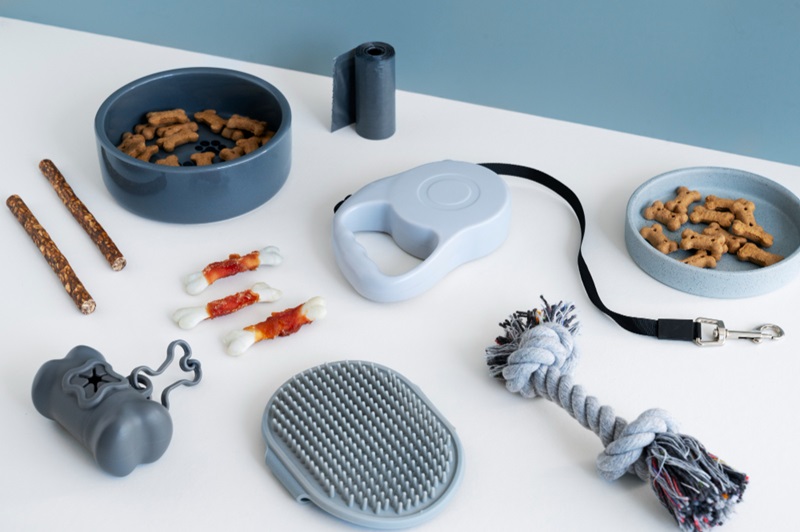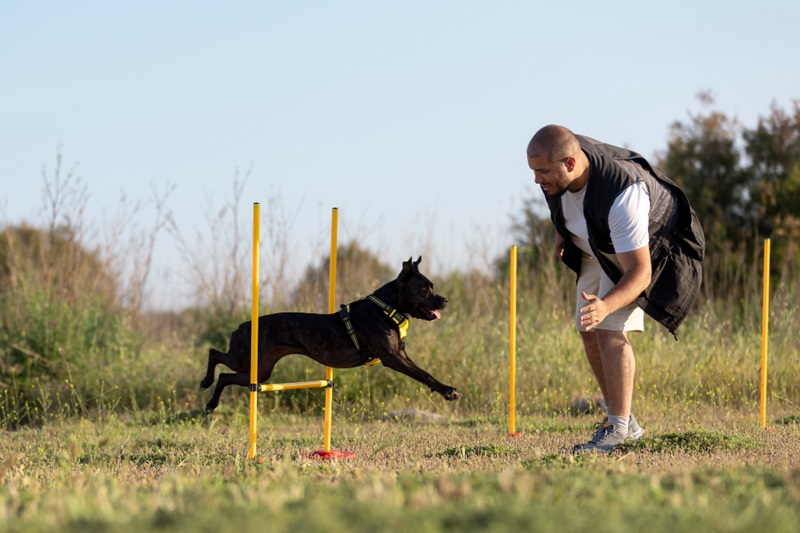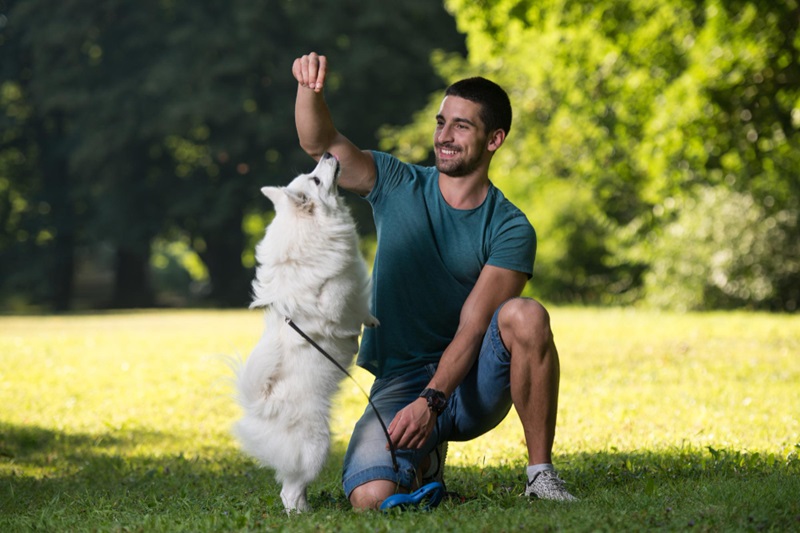Training a dog requires patience, consistency, and the right tools. Many pet owners struggle to correct behavioral issues or teach basic commands. This is where training aids become invaluable. They help bridge the gap between communication and understanding, making the process smoother for both pets and their owners. From correcting bad habits to encouraging positive behaviors, these tools simplify training and ensure long-term success. Understanding how pet training aids work can help you choose the right ones for your dog’s needs, leading to a more fulfilling bond. Let’s explore how they truly transform canine behavior.
Why Are Pet Training Aids Essential for Dogs?
Training aids act as communication tools. They help dogs understand what is expected of them. Dogs don’t inherently know the difference between acceptable and unacceptable behavior. Pet training aids simplify this process. They serve as gentle reminders, offering guidance to correct actions or reinforce positive habits. For instance:
- Improved Focus: Tools like clickers and whistles capture attention and keep dogs engaged.
- Consistency: Using the same aid repeatedly builds a clear understanding of commands.
- Reduced Stress: Aids like calming collars or vests ease anxiety during training.
These benefits make pet training aids essential for pet owners aiming to shape behavior effectively.

Types of Pet Training Aids and Their Benefits
-
Clickers and Whistles for Positive Reinforcement
Clickers and whistles are small tools that deliver immediate feedback. When a dog performs a desired action, a clicker signals success, followed by a reward.
- Benefits: Clear communication and instant reinforcement of good behavior.
- Best Use: Teaching commands like “sit,” “stay,” or “come.”
Consistency is key with these tools. Repetition ensures the dog associates the sound with positive outcomes.
-
Harnesses and Head Collars for Better Control
Harnesses and head collars are vital for dogs prone to pulling or lunging during walks. These tools give owners better control without causing harm.
- Benefits: Prevents choking and reduces strain on the neck.
- Best Use: Walks, leash training, and behavior correction.
For dogs that pull excessively, a no-pull harness can help redirect their energy effectively.
-
Chew Toys for Behavioral Redirection
Chewing is a natural behavior for dogs, but it can become destructive without proper guidance. Chew toys redirect this energy toward appropriate objects.
- Benefits: Protects furniture and encourages healthy chewing habits.
- Best Use: Puppies teething or dogs with anxiety-related chewing.
RadioFence.com offers a variety of durable and engaging chew toys designed to suit dogs of all sizes and chewing strengths.
-
Training Collars for Behavior Correction
Training collars, when used responsibly, can help address challenging behaviors. These include barking, jumping, or ignoring commands.
- Benefits: Immediate feedback for undesired actions.
- Best Use: For specific training needs, such as off-leash obedience or boundary control.
It’s crucial to use these collars under expert guidance to ensure they are safe and effective.
-
Interactive Toys for Mental Stimulation
Mental exercise is just as important as physical activity for dogs. Puzzle feeders and interactive toys keep dogs engaged and reduce boredom.
- Benefits: Reduces destructive behavior caused by boredom.
- Best Use: Dogs left alone for extended periods or those needing mental stimulation.
These tools make training sessions enjoyable while challenging your dog’s problem-solving skills.

How to Choose the Right Pet Training Aids for Your Dog
Every dog is unique, and their training needs vary. Here’s how to make the best choice:
- Understand Your Dog’s Behavior: Identify problem areas like chewing, barking, or pulling.
- Consider Age and Breed: Puppies may need chew toys, while adult dogs benefit from training collars or harnesses.
- Evaluate Temperament: Nervous dogs might require calming aids, while active dogs need interactive toys.
- Seek Expert Advice: Consult trainers or veterinarians for recommendations tailored to your dog.
Selecting the right training aids ensures a smoother and more effective training journey.
Tips for Using Pet Training Aids Effectively
- Be Patient: Results take time. Avoid rushing the process.
- Reward Progress: Use treats or praise to reinforce good behavior.
- Stay Consistent: Regular use of the same training aid solidifies learning.
- Monitor Reactions: Ensure your dog is comfortable and responsive.
- Adapt When Needed: Switch aids if you notice limited progress.
With these tips, training becomes a positive experience for both you and your dog.
Common Questions About Dog Training Aids
- What are training aids?
Training aids are tools designed to assist pet owners in teaching or correcting a dog’s behavior. Examples include clickers, harnesses, training collars, and chew toys.
- Are training aids safe?
Most pet training aids are safe when used correctly. It’s important to follow instructions and seek expert advice for tools like training collars.
- Can I use multiple training aids at once?
Yes, combining aids can be effective. For instance, use a clicker for commands and a harness for leash training.
- How long does it take for training aids to show results?
Results depend on the dog’s age, temperament, and the consistency of training. Some aids show immediate results, while others require time.
- Do training aids work for all dogs?
While most dogs respond well, it’s important to choose aids suited to your dog’s specific needs.
Help Your Dog Learn Faster and Better
Pet training aids play a crucial role in transforming a dog’s behavior. They simplify communication, correct bad habits, and reinforce positive actions. From clickers to chew toys, each tool has unique benefits tailored to specific needs. By understanding your dog and using the right aids, you can create a stress-free training experience. The bond between you and your furry friend will strengthen as they learn and grow. With patience and the right tools, achieving a well-behaved dog is within reach.

